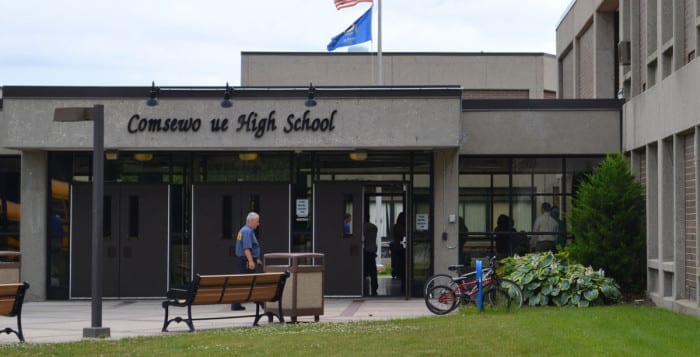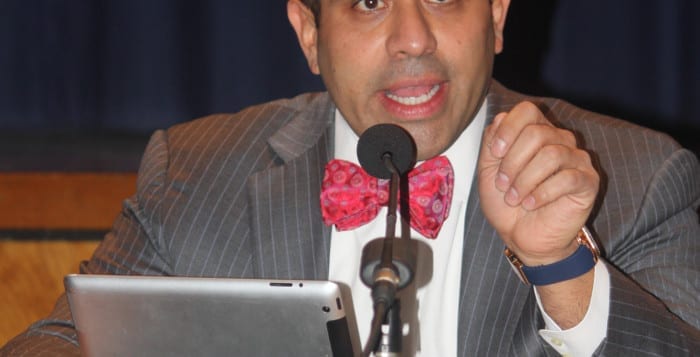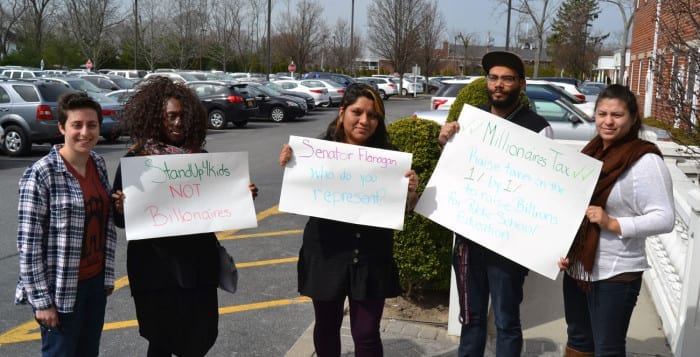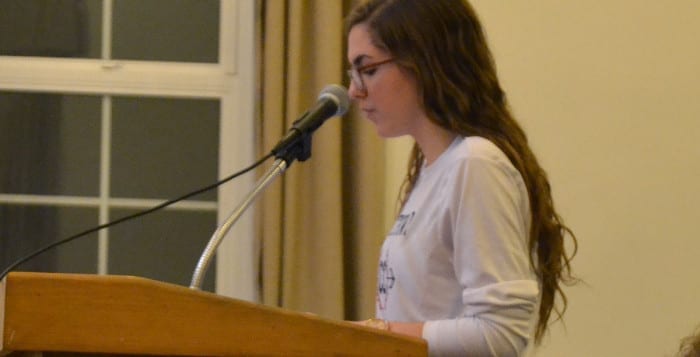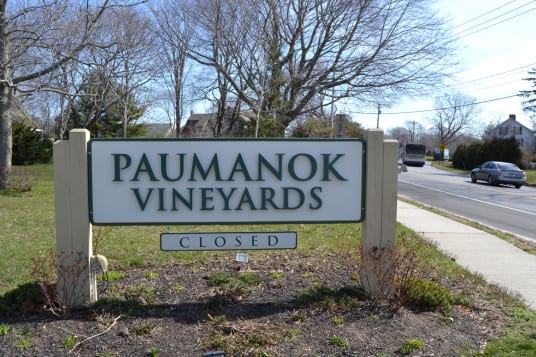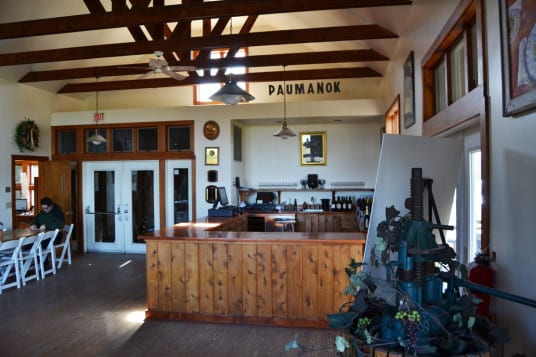Comsewogue officials have finalized a budget for the next school year, days after the state came through for school districts in a big way.
The school board adopted Superintendent Joe Rella’s proposal for the 2016-17 school year during its meeting Monday night, supporting a $87.2 million budget that maintains all existing programs, thanks in large part to the state axing its Gap Elimination Adjustment.
The adjustment was enacted six years ago in an effort to close a state budget deficit, and deducted funds from each school district’s state aid allotment. Since its inception, it has cumulatively cost Comsewogue about $23 million in state aid, according to Susan Casali, the district’s assistant superintendent for business.
But the new state budget, upon which lawmakers agreed last week, eliminated that deduction, netting Comsewogue roughly an additional $1.3 million in revenue.
“I think it’s great,” Rella said. “I’m glad we got it back. It means we don’t have to make any big cuts. We’re happy about it — it’s significant.”
Rella’s initial budget proposal in January banked on a full aid restoration, despite the fact that, while state legislators had been pushing for it, the restoration was far from a done deal. Other North Shore school districts, such as Huntington and Miller Place, planned for little to no restoration of the funding during their own budget processes.
Had the state budget fallen short in restoring the funding, Comsewogue would have been faced with some difficult decisions on program cuts.
“If that doesn’t happen, then it’s a whole different world,” Rella said in an interview in March. “We’re anticipating it will happen. Albany’s been very quiet about it, and I’m taking that as ‘no news is good news.’”
Casali said the district administration’s faith in state Sen. John Flanagan (R-East Northport), the majority leader who previously called the aid restoration a “top priority” this year, paid off during the budget process.
“From the very beginning we’ve done the budget assuming that Flanagan and everybody [else who] promised us this GEA, that they were going to make good on their promise, so we didn’t make any cuts in the budget,” Casali said.
School board President John Swenning expressed appreciation for the additional funds because the district can avoid cuts without presenting a budget to residents that would pierce the state-mandated tax levy increase cap.
The district will receive about $30 million in total state aid next year and will collect about $53.5 million from taxpayers.
“We appreciate what we get,” Swenning said on Monday. “Do we want more? Yes. Do we think we deserve more? … Yes, but we’re not going to be greedy and we’ll say thank you for all that we get.”
Residents will vote on the adopted budget on May 17. Polls at Comsewogue High School will be open from 9 a.m. to 9 p.m.

